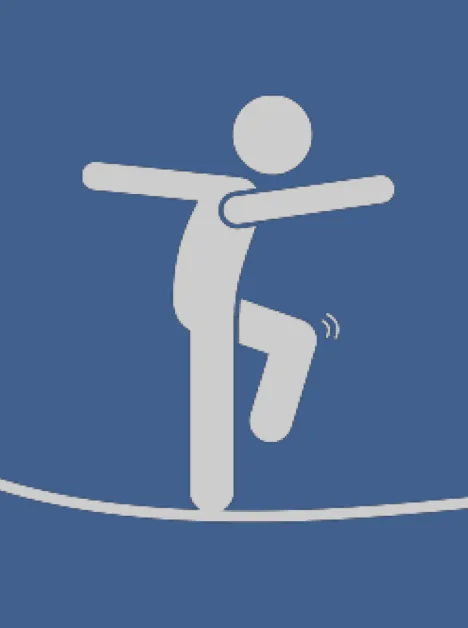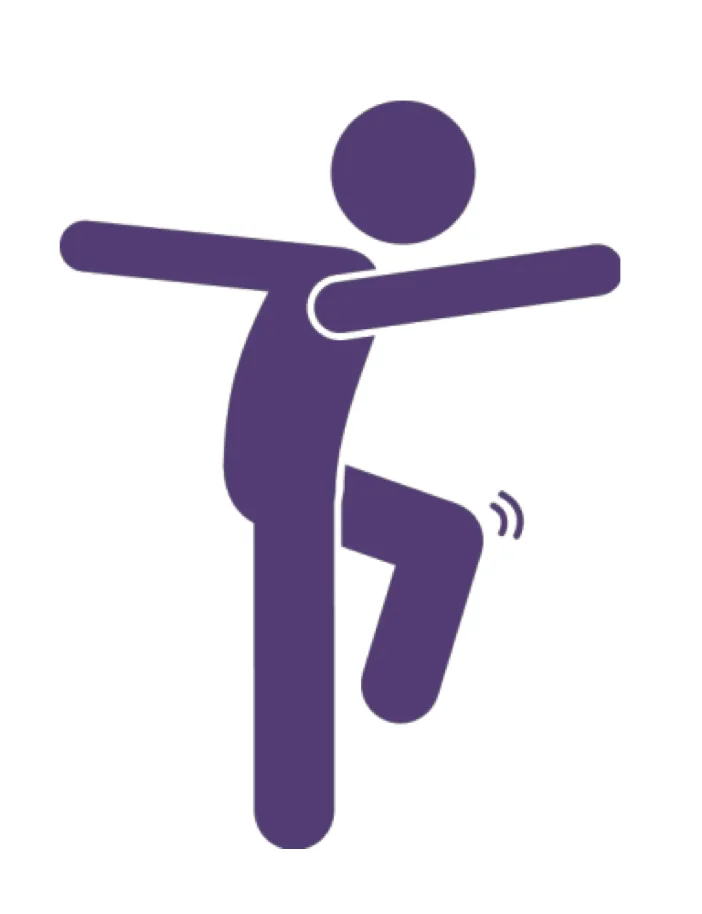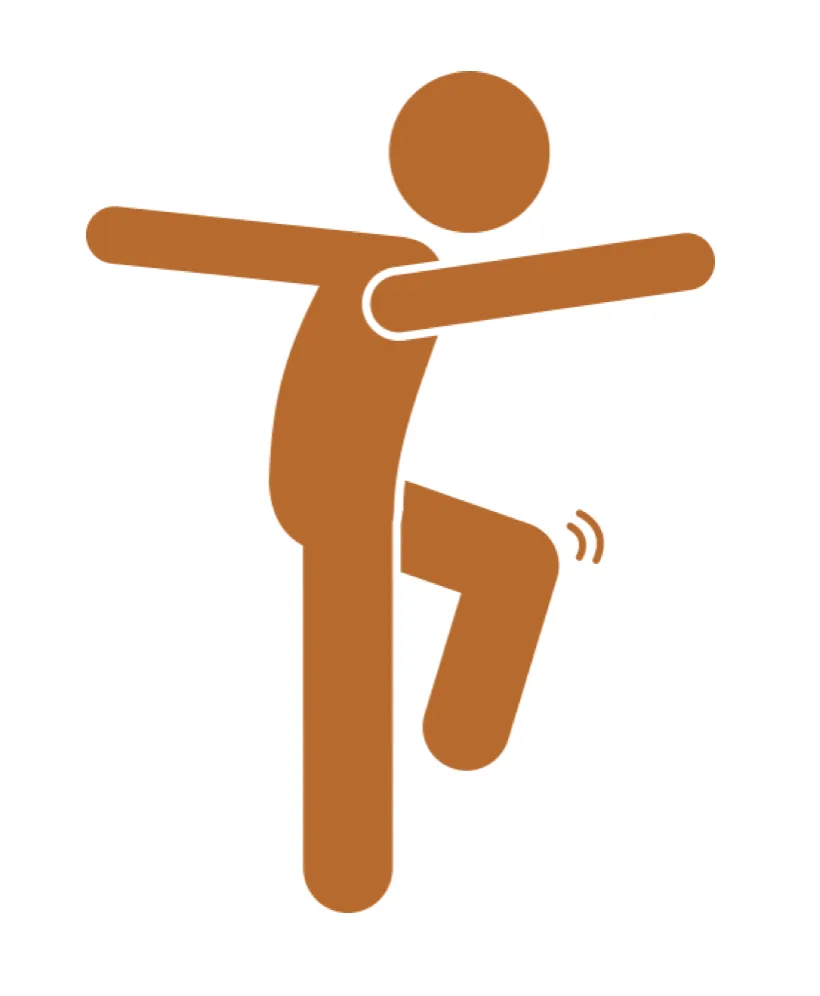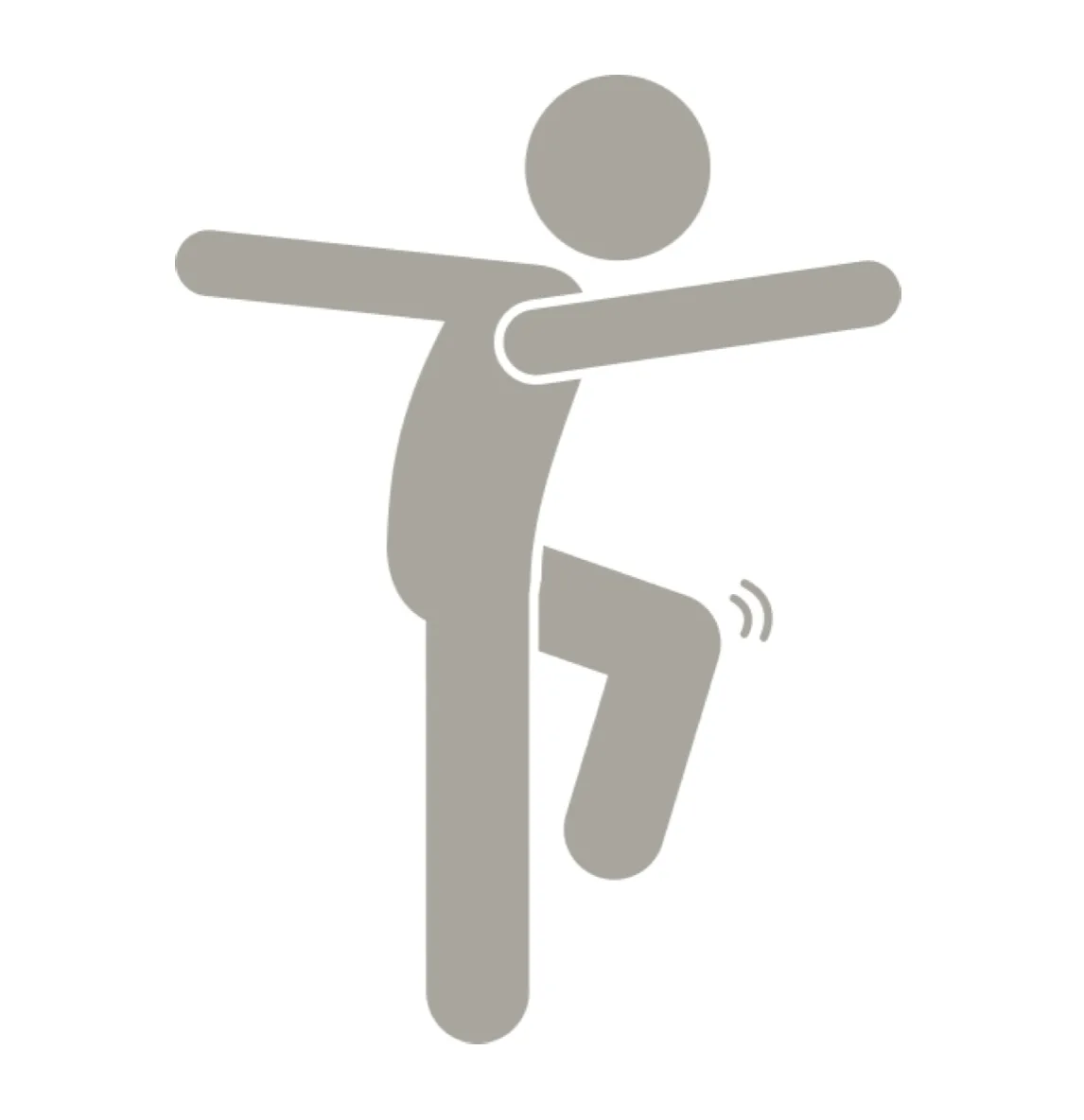FREE resources - all tightrope versions + publications

Teen
Tightrope
Drawing on research from criminology, exploitation, substance misuse and mental health studies. The Teen Tightrope is for professionals (and parents) to talk about the teenager's goals, values, strengths, triggers and safety.
What's included?
An evidence based toolkit to understand adolescent risk (offending, substance misuse, mental health) and what supports resilience.
Covering the 9 areas of the tightrope:
Central values
What might falling off look like
Future goals
Protective foundations
Muddy Path
Balancing Strengths
Pressures making steps higher
Safety Net
Steps Down
Who is it for?
Practitioners who work with adolescents
youth justice
social care
mental health
substance misuse
youth service
What else?
Workers must have the skills and experience to manage the sensitive nature of the conversations that can unfold and are responsible for how the tightrope is utilised in practice.
Reviews - from practitioners who used the tightrope with young people in London:
“I got more in that tightrope in one session than I’d done in 10 weeks working with the young person”
~ Wandsworth Locality Youth Work Manager (working with CSE and gangs)
“[Young people] have been able to identify intentions and motivations which they hadn’t previously.”
~ Practitioner in Lambeth Youth Offending Service
“[Young people] can see what’s going wrong and the patterns…They can identify better choices…It’s visual and they get it.”
~ Feedback from young people and workers in Wandsworth
“What a can of worms (information) in 10 years I have not managed to gain so much info in one session using such an effective assessment tool. Wow…..”
~ Bail and Remand Officer in Hammersmith and Fulham
Watch videos for more information

Professional Tightrope
Designed for health and social care practitioners (and applicable to any professional). An evidence-based tool to reflect on organisational and personal pressures impacting on your ability to balance in your role.
What's included?
An evidence based toolkit to understand what creates imbalance and stability for a practitioner in health or social care services.
Covering the 9 areas of the tightrope:
Goals for the future
Values and motives that support practice
The warning signs of burnout
Past positive experiences
Worrying past experiences
Practioner’s strengths
Compounding concerns and mounting pressures
Who is the safety net
Identifying steps to move towards the goals
Who is it for?
Managers in health and social care services who want to support practitioners with their personal development and resilience.
What else?
A sensitive coaching approach is the best for exploring a worker's resilience. The workbook can be used by managers and professionals to support a reflective process.

Personal Tightrope
An introduction workbook to the Tightrope Framework, supporting you through one goal and identifying the past positive and negative experiences that impact change, what current pressures or beliefs trigger 'falling off' and to help you identify your strengths and values to take action
What's included?
An introduction to the Tightrope Framework as a personal wellbeing tool.
Using a simple template you will be supported to identify one personal goal and consider what might be pulling you away or pushing you toward this goal. By clicking the link you will be taken to a sign-in form and then emailed the workbook and a brief training video.
Who is it for?
Anyone interested in understanding more about the tightrope framework from a personal perspective and not yet ready to go deeper with the course or coaching programs.
What else?
If you use this tool on a regular basis, along with the tapping demonstration provided in the training video, you can make progress towards your goals!
Publications
“Parenting Orders: The Parents Attend Yet the Kids Still Offend”
Youth Justice 2012 12: 118, August 2012
This article draws from a wider thesis completed at Bedfordshire University (Vlugter, 2009 ‘Too Little, Too Late: Parenting Orders as a form of crime prevention’). It presents results from an empirical case study that involved 148 cases and examines the circumstances of parents attending programmes, their attendance and the young people’s recorded offending before and after the intervention, considering the type of intervention and number of sessions attended.
Backstop Support Ltd blog, June 2014
This blog also drew on some of the wider thesis (Vlugter, 2009) and provides data that indicates that a large majority of parents of ‘high end’ offenders had called for help before their child’s first recorded offence. The help was often sought from statutory services but with negative results. This paper considers how professionals can support families earlier and more effectively
Howard League What is Justice? Working Papers 18/2015
This conference paper presents a tool that encourages the engagement of the young person in the analysis of their risks, strengths and needs and in the planning of actions based on a balanced and transparent holistic assessment. It will introduce the analogy of the Tightrope, outline how it fits with current assessment frameworks to support an integrated approach and considers the role of the practitioner to apply a person-centred, strength-based approach with the tool. This paper will outline why an integrated and interactive holistic tool for volatile youth would be of benefit to both young people and professionals from various disciplines and concludes with an invitation to experienced practitioners to trial the tool in wider practice.
“How do ACEs and Contextual Safeguarding fit together? Using the Tightrope to explain”,
LinkedIn post Jan 2019
This post was in response to a colleague’s question asking how these popular frameworks and discourse might work together. The analogy of the Tightrope can apply to both. While this blog doesn’t mention the toolkit, the cards within the toolkit do include “factors” that range from the individual to the family, peer group, school, community and political contexts.
“Relationship based work with children in the Youth Justice System”,
with Kirstine Szifris in Wigzell, A., Paterson-Young, C., & Bateman, T. (Eds.). (2024). Desistance and Children. Bristol, UK: Policy Press.
A chapter co-authored with Dr Szifris exploring the nature of relationship-based practice to support children's behaviour away from crime. We focus on the relationship between the adult professional and the child, considering the opportunities and barriers for creating a trusting relationship in a position of power that is framed by statutory responsibilities. In particular, the chapter discusses the balance needed between the expectations of risk-management with its accompanying paperwork and the long-term relationship-based Child First approach now available in youth justice practice.
